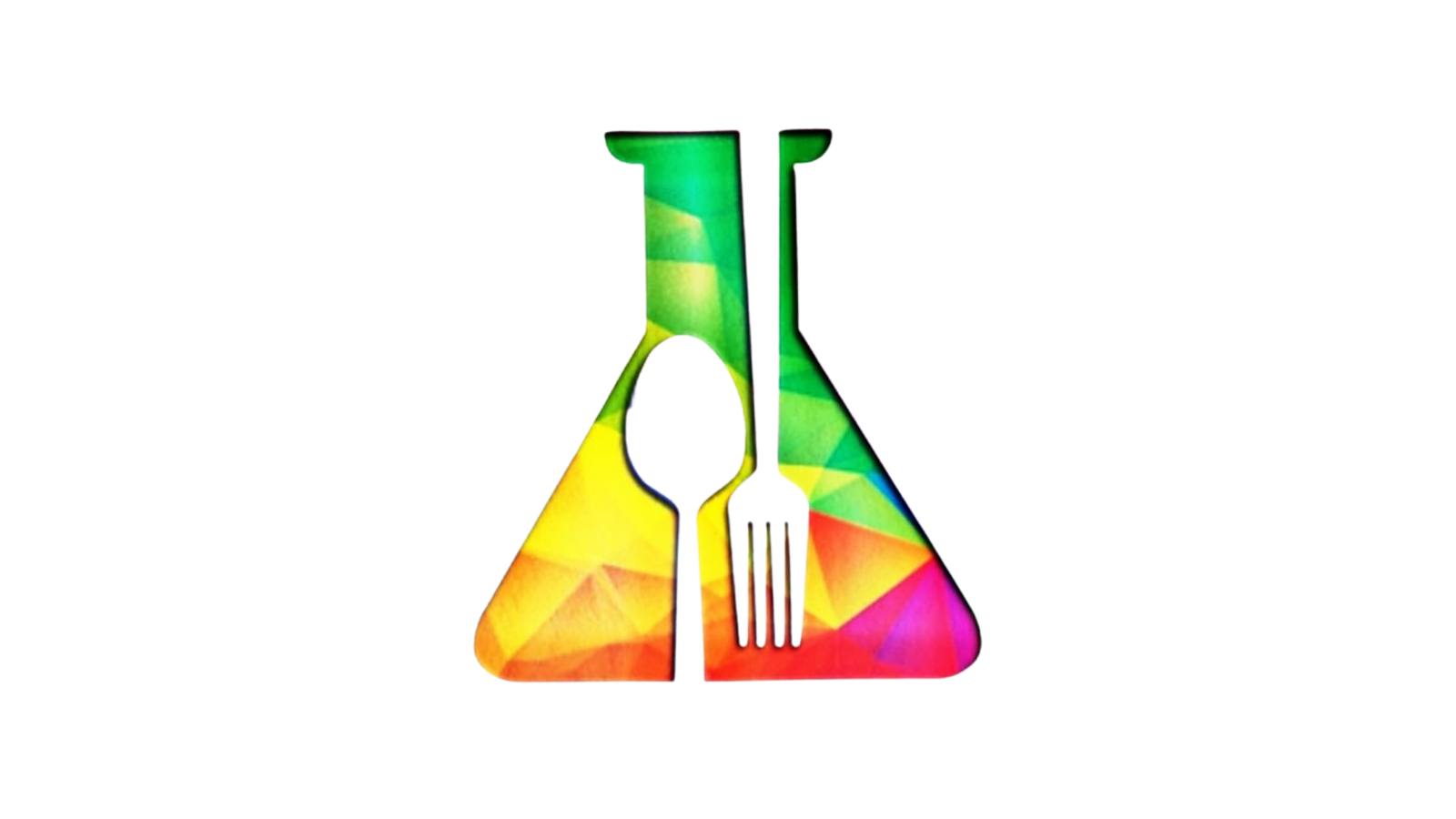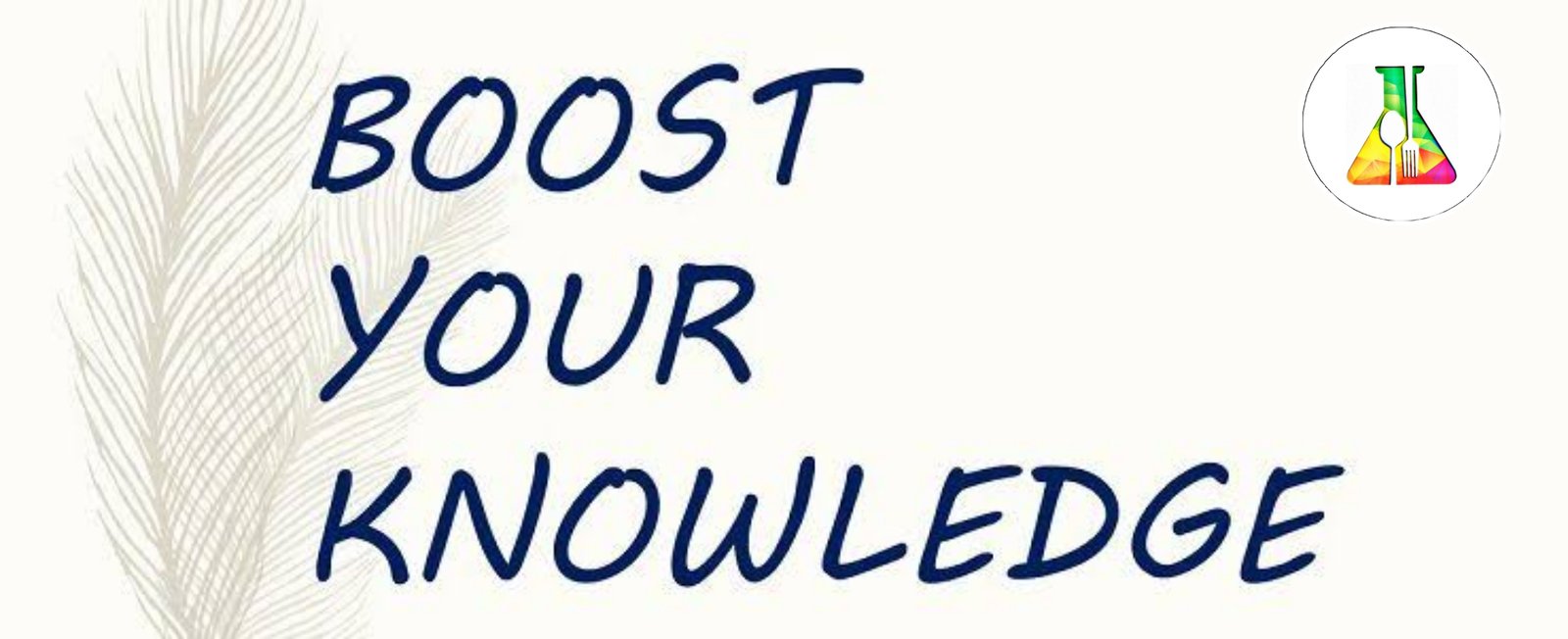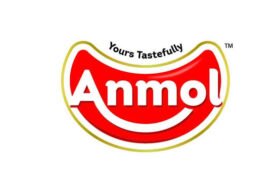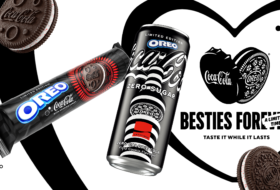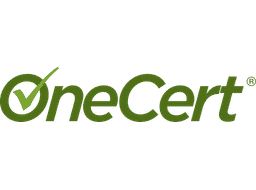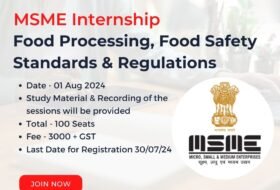Q. Anticaking agents are
- Those used to destroy the cake while disposing the spoiled cakes
- Those used to maintain the free flowing nature of granular or powdered products
- Those used to kill microorganisms growing cakes
- Those used to maintain the shape of cakes and pastries
Answer: b)
An anticaking agent is an additive placed in powdered or granulated materials, such as table salt or confectioneries, to prevent the formation of lumps (caking) and for easing packaging, transport, flowability, and consumption.
Q. In India how many synthetic colours are permitted in foods
- 5
- 10
- 20
- 40
Answer: b
Permitted Synthetic Colour Standards. The permitted colours are Carmoisine/Azorubine (E 122), Ponceau 4R (E 124), Erythrosine (E 127), Allura Red (E 129), Tartrazine (E 102), Sunset yellow FCF (E110), Indigotine/Indigo Carmine (E132), Brilliant Blue FCF (E 133), and Fast Green FCF (E 143).
Q. Lemon extract can be preserved by using
- Alcohol
- Formaldehyde
- Acetic acid
- Formic acid
Answer: a
In chemistry, alcohol is an organic compound that carries at least one hydroxyl functional group (−OH) bound to a saturated carbon atom.
Q. Synthetic colour should not contain
- 10 ppm of Cu and 20 ppm of Cr
- 10 ppm bf Cr and 20 ppm of Mg
- 10 ppm of Mg and 20 ppm of Fe
- 10 ppm of Fe and 20 ppm of Cu
Answer: a
Colour should not contain more than Copper – 10 ppm Chromium – 20 ppm Arsenic – 1 ppm Lead – 10 ppm
Q. Sugar more than ———-— acts as preservative
- 10%
- 40%
- 70%
- 95%
Answer: c
Sugar in high concentrations acts as a preservative due to osmosis. The concentration of sugar in sugar preserved products must be 68 per cent or more, which does not allow microorganisms to grow.
